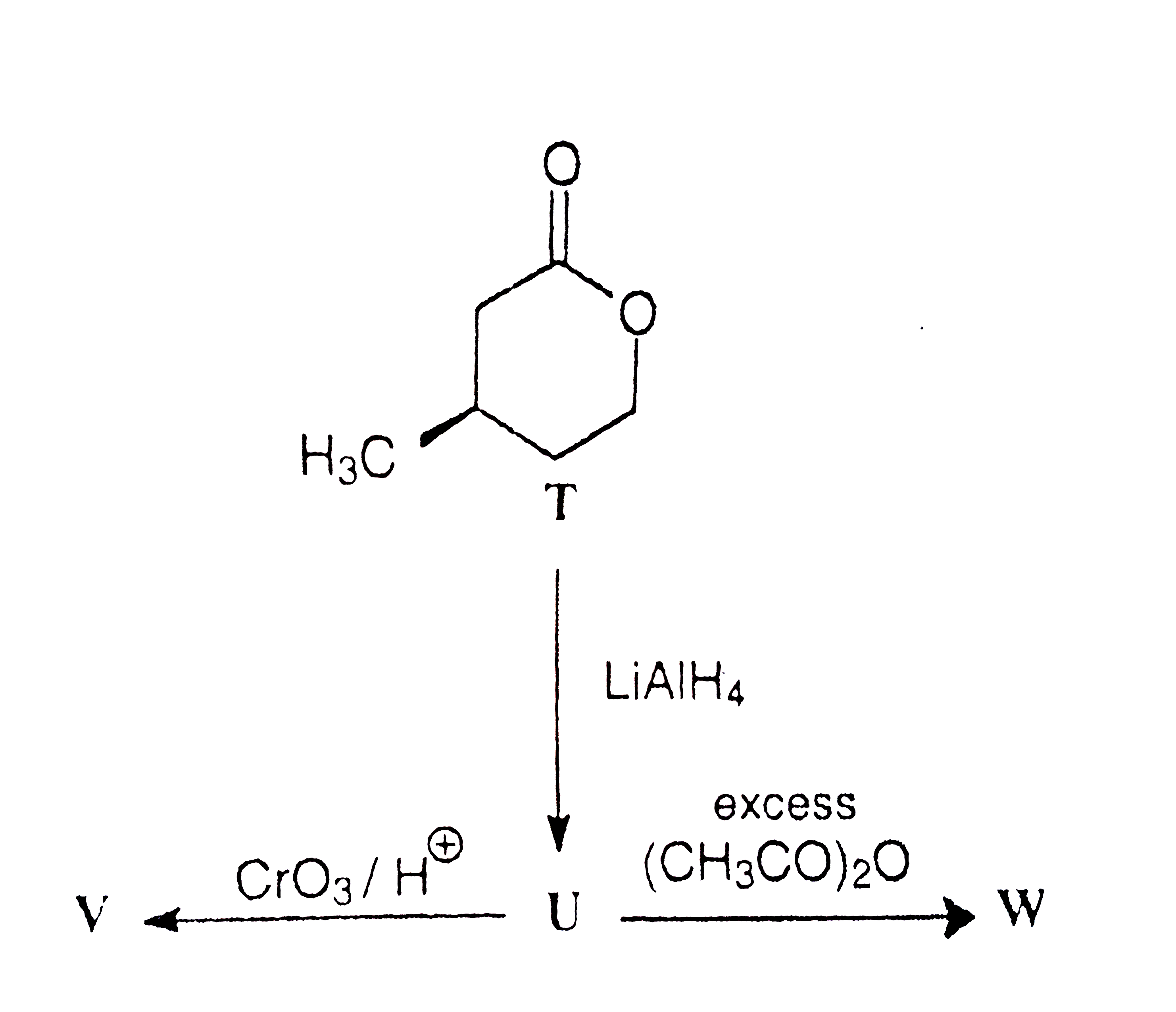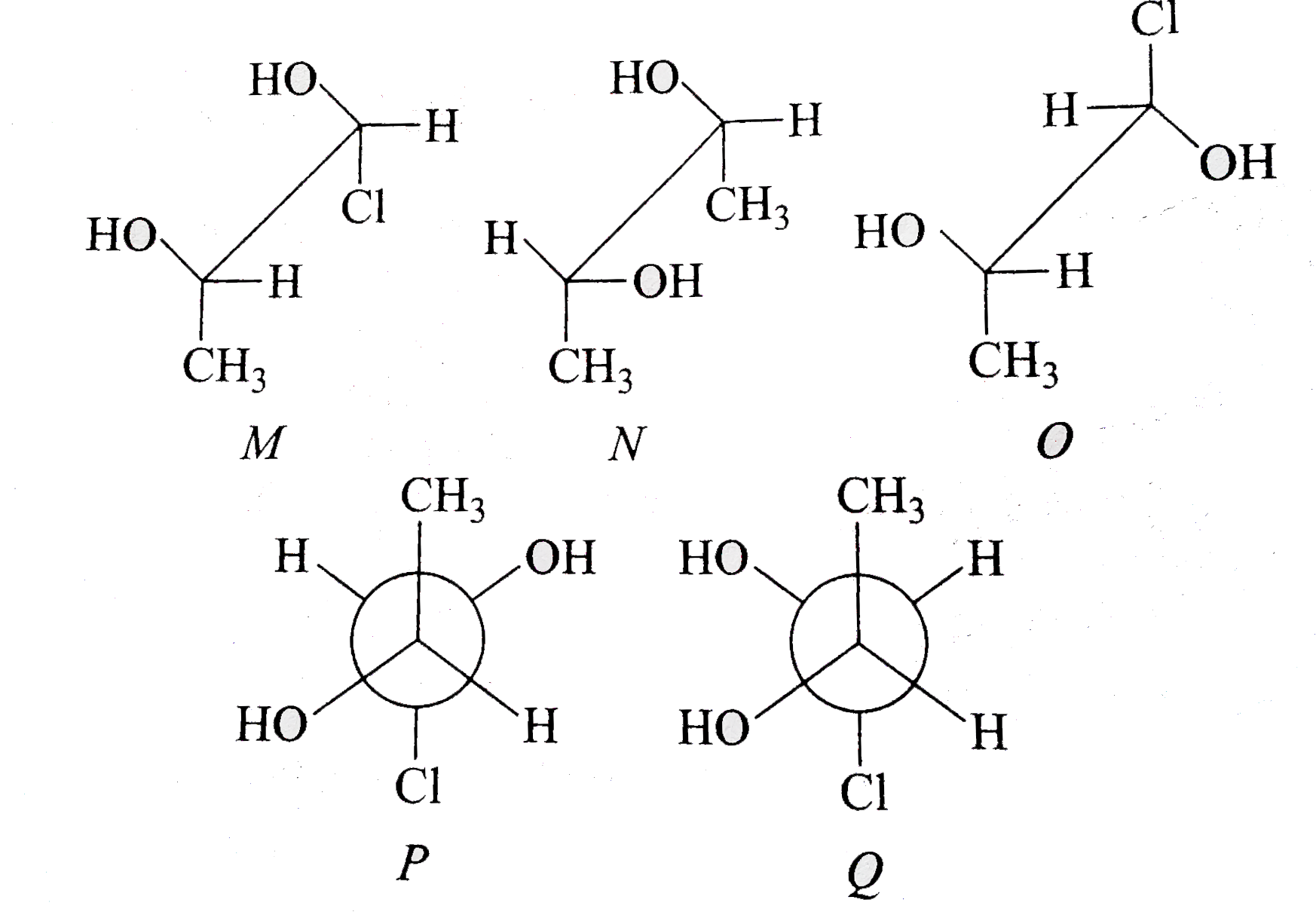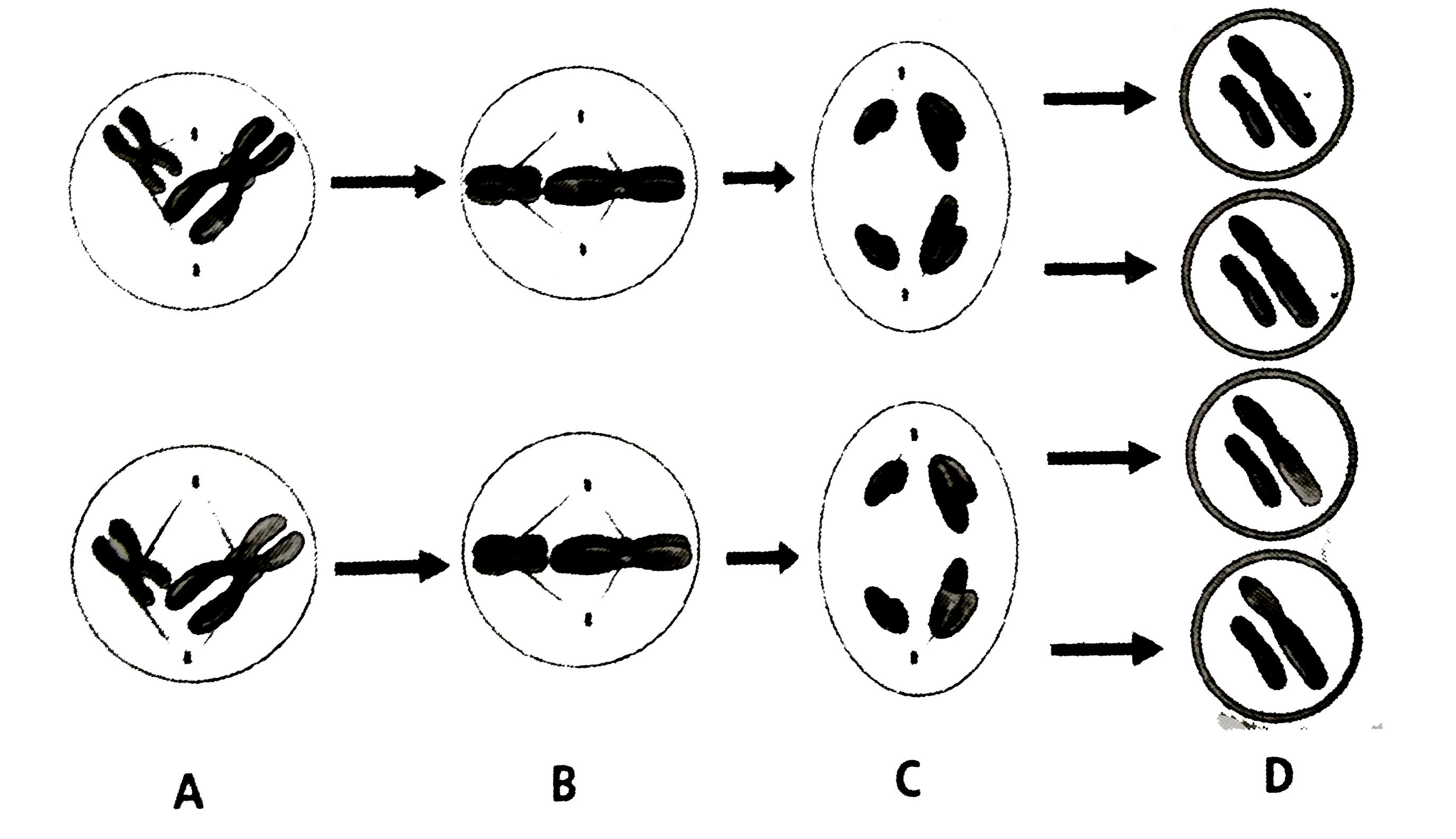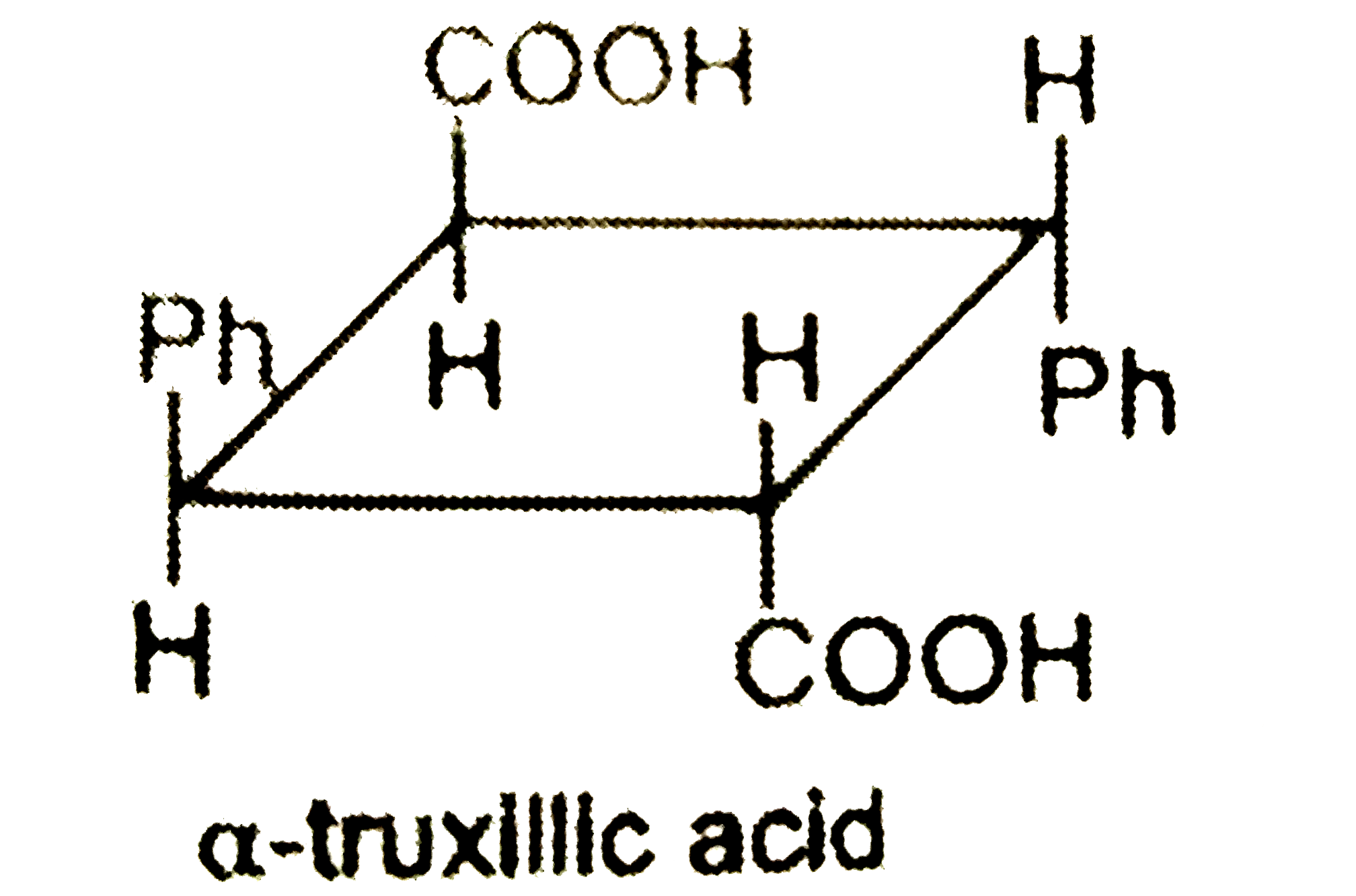With reference to the scheme given, which of the given statement(s) about T, U, V and W is (are) correct ?

A
T is soluble in hot aqueous NaOH
B
U is optically active
C
Molecular formula of W is C10H18O4
D
V gives effervescence on treatment with aqueous NaHCO3
Video Solution
Text Solution
The correct Answer is:A, C, D
Lactone (T) on reduction with LiAlH4, gives a diol (U) which reacts with (CH3CO)2O to give a diacetate (W). On the other hand, (U) being a diol on oxidation with CrO3/H+ gives a dicarboxylic acid (V).

Being a lactone, (T) dissolves in hot aq. NaOH. therefore. option (a) is correct. (U) being a symmetrical compound having a plane of symmetry passing through CH3−C bond, therefore, it is optically inactive, option (b) is wrong.
Molecular formula of the diacetate (W) is C10H18O4. therefore, option (c) is correct. since (V) is a diacid, it dissoves in aq. NaHCO3 solution. thus, option (d) is correct.
|
Updated on:21/07/2023
Topper's Solved these Questions
- BOOK - PRADEEPCHAPTER - ALDEHYDES, KETONES AND CARBOXYLIC ACIDS EXERCISE - COMPETITION FOCUS JEE (MAIN AND ADVANCED)/MEDICAL ENTRANCE SPECIEAL (MULTIPLE CHOICE QUESTIONS COMPREHENSION TYPE)11videos
ALDEHYDES, KETONES AND CARBOXYLIC ACIDS
- BOOK - PRADEEPCHAPTER - ALDEHYDES, KETONES AND CARBOXYLIC ACIDS EXERCISE - COMPETITION FOCUS JEE (MAIN AND ADVANCED)/MEDICAL ENTRANCE SPECIEAL (V. MATRIX-MATCH TYPE QUESTIONS)1videos
ALDEHYDES, KETONES AND CARBOXYLIC ACIDS
- BOOK - PRADEEPCHAPTER - ALDEHYDES, KETONES AND CARBOXYLIC ACIDS EXERCISE - COMPETITION FOCUS JEE (MAIN AND ADVANCED)/MEDICAL ENTRANCE SPECIEAL (MULTIPLE CHOICE QUESTIONS-II WITH ONE OR MORE THAN ONE CORRECT ANSWER)1videos
ALDEHYDES, KETONES AND CARBOXYLIC ACIDS
- BOOK - PRADEEPCHAPTER - ALCOHOLS, PHENOLS AND ETHERSEXERCISE - IMPORTANT QUESTIONS FOR BOARD EXAMINATIONS.29videos
ALCOHOLS, PHENOLS AND ETHERS
- BOOK - PRADEEPCHAPTER - APPENDIXEXERCISE - MODEL TEST PAPER <br> (Section C )15videos
APPENDIX
Similar Questions
Knowledge Check
- Question 1 - Select One or More
With reference to the scheme given, which of the given statements (s) about T, U, V and W is (are) correct ?
 AT is soluble in hot aqueous NaOHBU is optically activeCMolecular formula of W is C10H18O4DV gives effervescence on treatment with aqueous NaHCO3
AT is soluble in hot aqueous NaOHBU is optically activeCMolecular formula of W is C10H18O4DV gives effervescence on treatment with aqueous NaHCO3 - Question 2 - Select One or More
With referenc eto the scheme given, which of the given statement (s) about T,U,V and W is/are correct?
 AT is soluble in hot aqueous NaOHBU is optically activeCMolecular formula fo W is C10H18O4DV gives effervescence on treatment with aqueous NaHCO3
AT is soluble in hot aqueous NaOHBU is optically activeCMolecular formula fo W is C10H18O4DV gives effervescence on treatment with aqueous NaHCO3 - Question 3 - Select One or More

Which of the given statement(s) about N,O,P and Q with respect to M is (are) correct?AM and N are non-mirror image stereoisomersBM and O are identicalCM and P are enantiomers.DM and Q are identical.
Which of the given statement(s) about N, O, P and Q with respect to M is/are correct?
 View Solution
View SolutionRefer to the the given and select the correct statement
 View Solution
View SolutionWhich of the following statement(s) is/are correct for given compound :
 View Solution
View SolutionWhich one of the following statements about centain given animals is correct
View SolutionRefer to the given figure and select the correct statement.
 View Solution
View Solution


